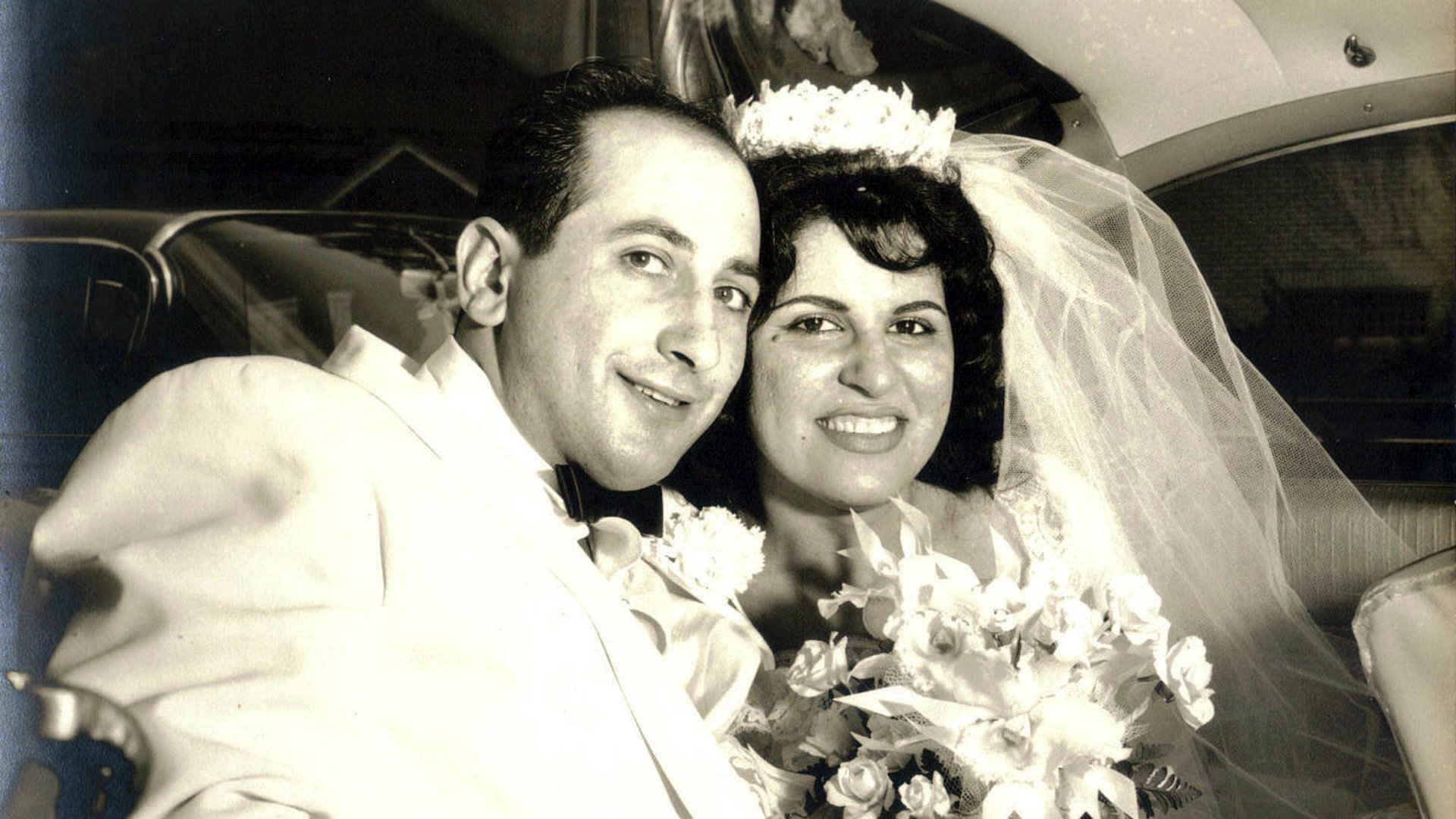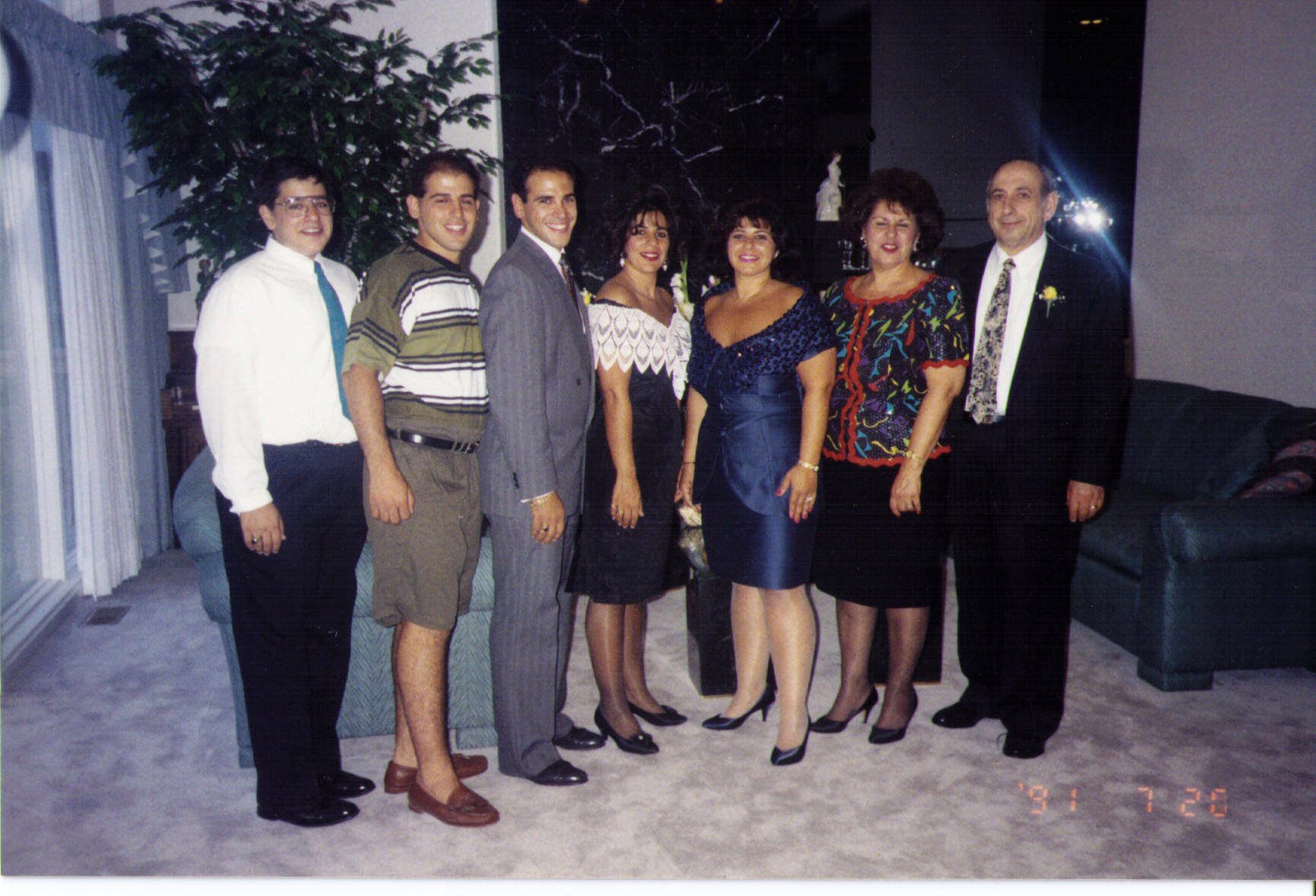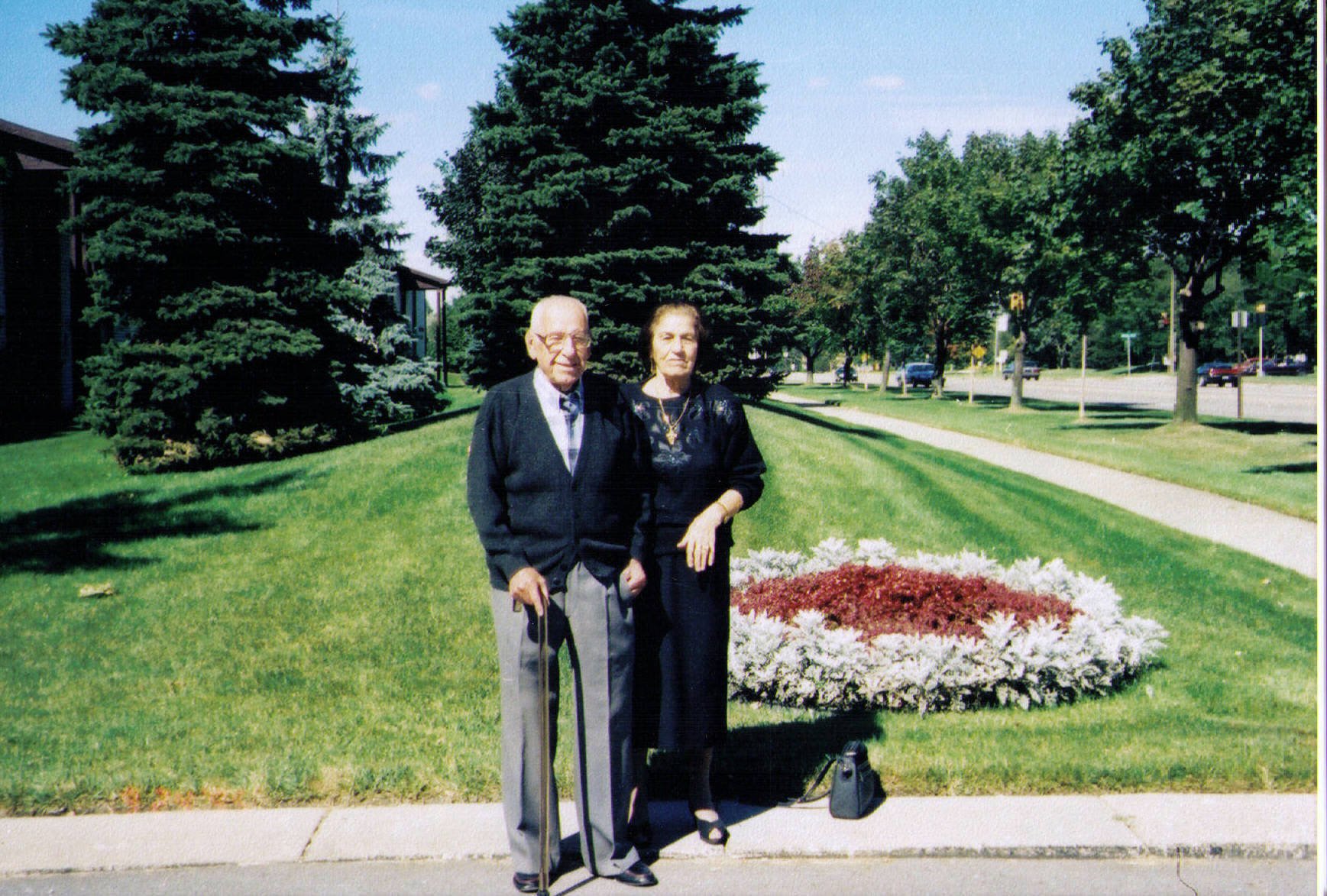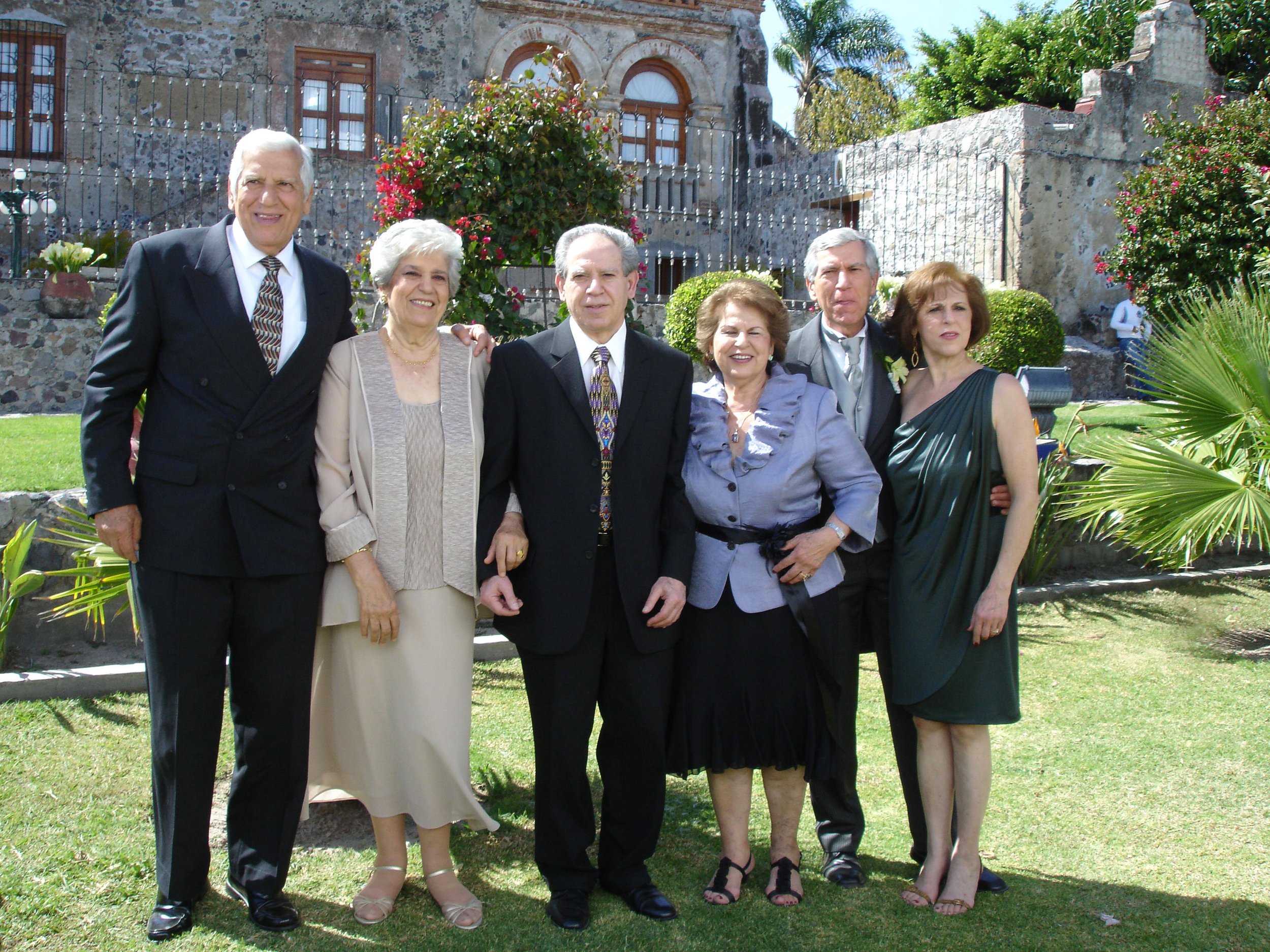The Mexican Connection
Leeanne Kizy and her mother, Amira, cooking together.
A mother and daughter prepare Pozole and reminisce of family memories
By Z. Z. Dawod
Back in 1937, a group of Chaldean Iraqi Christians traveled from Telkaif to Mosul, then to Adana to board a cargo ship bound for America. However, the United States was not their final destination. Upon reaching Ellis Island, New York City’s famous point of entry, they would board another ship, this one bound for Veracruz, which was then the main port of entry into Mexico. From Veracruz, the pioneers traveled by train toward Paso del Toro, stopping in various towns along the way before arriving in Ixtepec, where they would disembark. The journey would take three months.
In Search of a New Life
As was the case with many early immigrants to North America, it was mostly single men who tended to undertake such a voyage. They ventured to leave their hometown of Telkaif and travel to Mexico for what they believed would be a better life. With a climate that resembled Telkaif’s, this group decided to make the city of Ixtepec in the state of Oaxaca their new home.
After some time of settling in, some of the men decided to travel back to Telkaif, with the goal of marrying. Their mission was to start a family to bring back to Ixtepec.
One of the men who undertook this journey was Elias Curioca. Upon his return to Telkaif, he was matched with and soon married a young woman named Jamila Karana.
Starting a Family
Elias and Jamila Curioca had their first three children in Telkaif but after saving enough money for the trip back to Oaxaca, Elias departed once again, this time with a wife and three young children, arriving at their new home in Ixtepec three months later.
Over the years, the family continued to grow. Their fourth child, Amira, was the first in this Chaldean family to be born in Mexico. Three more babies followed, blessing the Curioca family with a total of seven children.
As Amira recalls, her home in Ixtepec was a villa of sorts, at least compared with other nearby homes. She remembers having a comfortable life, never wanting for anything.
Discovering New Cultures
To feed her large family, Jamila cooked many of the traditional Chaldean dishes she grew up eating in Telkaif. As the years passed, she began to learn about the local cuisine as well, adding traditional Mexican meals, with their freshest of ingredients, to her family’s diet. From their mom, Amira and her sisters would learn the recipes for making meals from both traditions.
During those mid-century decades, a growing number of Chaldeans were also making their way to Detroit, Michigan. One such individual was Ramzy Kizy. Ramzy left his hometown of Telkaif and traveled to the United States alone, arriving in the Detroit area in 1954. Like many others, Ramzy also shared the goal of working to establish a life so he can start a family. By the late 1950s, there had already been two or three waves of Chaldeans who had immigrated to Detroit.
The Next Generation
As word of this migration spread to Mexico, Elias Curioca began to visit Detroit, reconnecting with his newly-arrived friends. Amira recalls taking such trip with her father at the age of 21, when she was asked to be the maid of honor for her girlfriend’s wedding. They stayed with family friends, Joseph and Mary Shouneyia. As one of the few Chaldean families in Detroit, Mary would invite some of the single men to her house on Sundays for Chaldean dinners. Ramzy Kizy was one of the guests on the Sunday that Amira was there, and she caught his eye.
The following morning, Amira’s father was excited to tell her about a gentleman who was interested in marrying her. At the time, Amira did not take the comment seriously. Rushing out the door to visit a friend, Amira recalls saying, “Baba, I have to go now, do whatever you need to do.” So, he did.
The very next day, there was a shower gathering for Juliet Casab at Jack Najor’s house. It was a big celebration with lots of food and dancing when, all of a sudden, one halhole after another began to sound. Then came the announcement: Mary Shouneyia spoke up and informed the guests that Amira Curioca was now engaged to Ramzy Kizy. And that’s how Amira learned that she was to be married.
Stunned and caught off-guard, Amira had no idea that her father had actually consented to Ramzy’s proposal, on her behalf. But Ramzy was serious about marrying her, and Amira did not object. The following day, Ramzy arrived with a ring to make the engagement official. They were married two weeks later, and Amira moved to the Detroit area to start a family with her new husband.
Growing Together Through Food
Despite the obvious lack of knowledge about one another, the newlywed couple did have one thing in common: A mutual love of good food.
By the time she was married, Amira was already an excellent cook, preparing traditional Chaldean dishes for her new husband. She was quite skilled at this and, in fact, many years later, Amira’s gurgur would land her a feature in the definitive Chaldean cookbook, Ma Baseema!
In addition to the Chaldean dishes, Amira also began to introduce Ramzy to Mexican cuisine, and he loved it. Their five children would grow up enjoying foods from both cultures and speaking both Sureth and Spanish.
1+1>2: Joining Cultures
Ramzy’s and Amira’s eldest daughter, Leeanne, grew up speaking Spanish with her mother until she started school, at which point she began to practice English while continuing to speak Spanish and Sureth at home. Leeanne Kizy also kept up her Spanish speaking skills by spending every summer in Ixtepec with her grandparents. She would take this trip alone each summer, from the age of eight until she was sixteen.
During these summer visits, Leeanne formed many fond memories of being in the kitchen and cooking alongside her la nana (grandmother). Leeanne loved to help out and put the meals together.
During one such visit to Mexico, at the age of 15, Leeanne celebrated her Quinceañera, an elegant traditional party highlighting God, family, friends, music, food and dance. Such celebrations would continue late into the night, often culminating with a walk to the Plaza Garibaldi, where family and friends enjoyed the Mariachi bands that played until the wee-wee hours while eating Pozole, a favorite dish served to the partygoers at the plaza.
Chicken Broth Soup with a Twist
Over the years, Pozole began to stand out as a family favorite. On the day I visited Leeanne’s home, her mom, Amira, was there and, together, they proceeded to share family stories from days gone by while preparing the soup.
Pozole is a super-simple and delicious soup. With fewer than ten ingredients, it is not in the least bit labor-intensive to prepare. If you can boil water to cook the ribs and chicken, shred some lettuce, dice onions and slice a jalapeño pepper, you can make this soup. Add salt and oregano to taste, top it off with the squeeze of a lemon and you’ve got yourself the tastiest of soups.
Passing Down the Traditions
Rooted in two distinct cultures, Leeanne grew up eating (and preparing) both traditional Chaldean and Mexican dishes. When it was her turn to start a family, it was only second nature for her to cook both, alternating between Chaldean and Mexican cuisines for her husband, three children, and now six grandchildren.
Amira is blessed with eleven grandchildren and nine great-grandchildren, which is in itself a cause for a celebration. To keep the family close, a tradition they call “Mexican Day” regularly brings all four generations together for a Sunday family dinner.
As the family continues to grow, new generations now call metro Detroit their home. With each consecutive generation, the family continues to celebrate their Mexican heritage, blending it with the native Chaldean traditions from back home in Telkaif.
RECIPE
Pozole
Recipe shared by Amira and Leeanne Kizy
Ingredients
2 cans (28 oz.) of white hominy
2 lbs. pork ribs, cut to pieces
2 lbs. chicken drumsticks or thighs
1/3 cup dried oregano
Salt to taste
2 large white onions, diced
1/2 head iceberg lettuce, shredded
2 jalapeños slices
2 lemons cut into wedges
Instructions
Separately boil the ribs and chicken in 6 quarts of water until cooked. The ribs take about an hour and a half; the chicken, about a half hour.
Once the ribs are cooked, drain and set aside.
Transfer the chicken and its broth to a larger pot and bring to a boil, adding the ribs.
After the broth comes to a boil, add the white hominy, salt and oregano. Bring to a boil once again, then simmer for 15 minutes.
Serve in a bowl and garnish with shredded lettuce, onions, jalapeños, and a lemon wedge.
Sprinkle some oregano on top, if desired.







